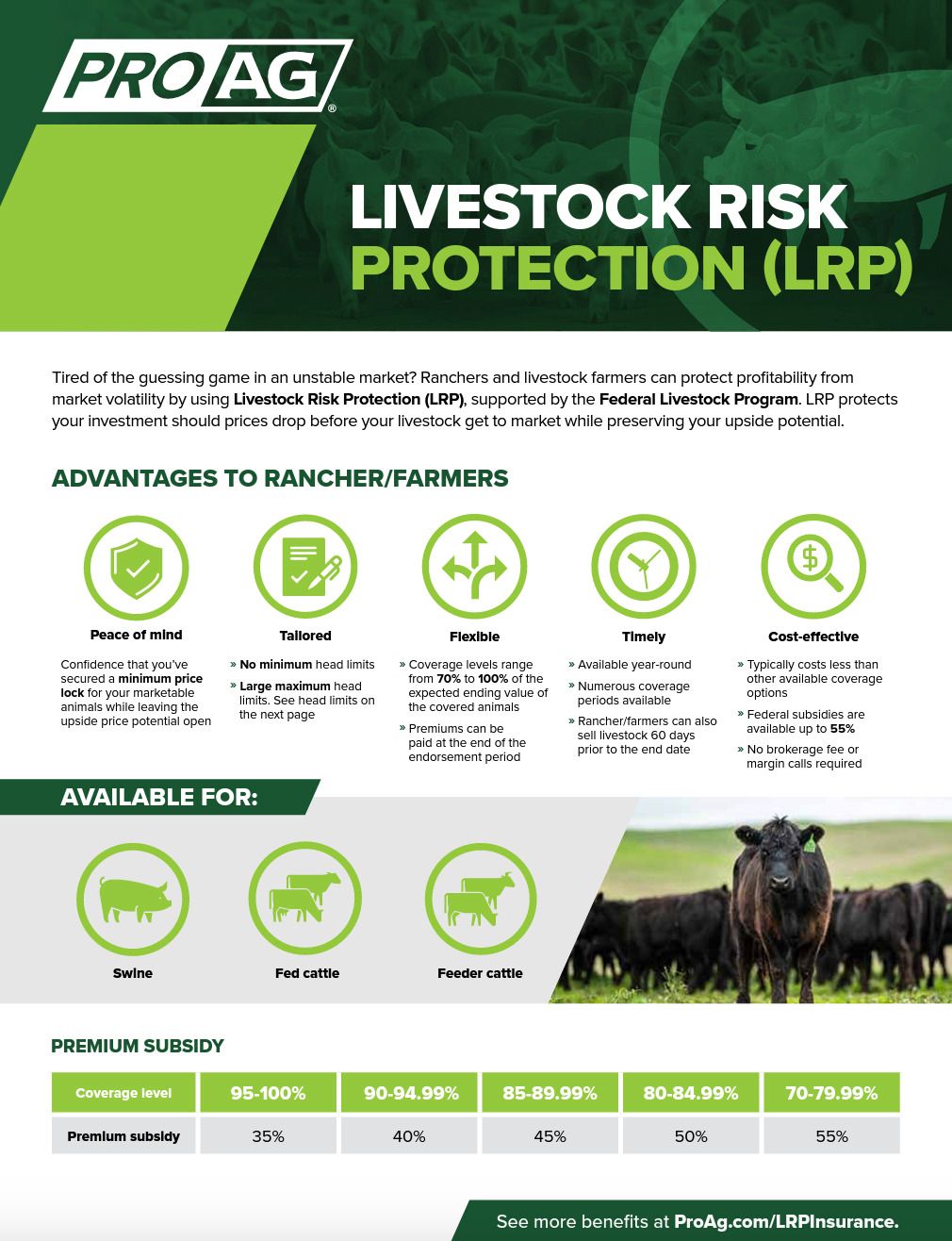The 7-Minute Rule for Bagley Risk Management
The 7-Minute Rule for Bagley Risk Management
Blog Article
Professional Assistance on Threat Analysis and LRP Insurance Coverage Solutions

The Significance of Risk Assessment
Reliable risk assessment is basic in the decision-making procedure of any kind of company, leading calculated preparation and resource allotment. By systematically identifying, reviewing, and focusing on prospective dangers, companies can anticipate obstacles, profit from possibilities, and make notified options to accomplish their objectives. Risk analysis permits companies to proactively attend to vulnerabilities, reduce risks, and optimize their risk management strategies.
Among the key advantages of danger evaluation is its function in boosting operational effectiveness. By comprehending the prospective dangers that might influence various aspects of business, companies can streamline processes, designate sources better, and reduce the probability of pricey disturbances. Danger evaluation allows companies to comply with regulatory requirements, secure their online reputation, and build depend on with stakeholders.
Comprehending Possible Losses
To grasp the impact of danger analysis, it is necessary to comprehend the potential losses that could dramatically affect an organization's operations and monetary security. Prospective losses can emerge from numerous sources, including all-natural disasters, financial slumps, operational failings, regulatory changes, and cybersecurity violations. These losses can lead to direct costs such as building damage, legal expenditures, and penalties, in addition to indirect prices like reputational damage and loss of market share.
Comprehending potential losses includes carrying out a thorough analysis of the dangers that could materialize and estimating the monetary effect they might carry the company. By quantifying these potential losses, companies can prioritize danger mitigation efforts and assign sources successfully. A comprehensive understanding of prospective losses allows companies to make informed decisions when selecting danger administration techniques, such as buying insurance coverage or applying risk control steps.
In essence, by recognizing and understanding possible losses, organizations can proactively handle dangers and secure their lasting sustainability and success.
Function of LRP Insurance Policy Solutions
The combination of LRP insurance options within a company's danger monitoring framework improves strength and fortifies economic stability versus unforeseen misfortunes. LRP, or Loss Recovery Item, insurance policy options play a vital role in minimizing the effect of possible losses by offering monetary protection and assistance in times of situation. These insurance options are tailored to meet the particular click resources demands of companies, supplying coverage for different threats such as residential or commercial property damages, organization disruption, responsibility insurance claims, and more.
By moving the financial threat to an insurance coverage copyright, businesses Click Here can concentrate on their core operations with greater peace of mind, knowing that they are protected versus significant economic losses. In addition, LRP insurance coverage services can boost a company's threat administration technique by supplementing existing risk reduction steps and ensuring thorough security across all locations of potential susceptability.
Identifying Secret Risks
In the procedure of risk assessment, an essential step involves recognizing essential dangers that have the prospective to impact a company's operations and monetary security. Determining vital dangers calls for an extensive evaluation of external and inner variables that might present risks to the organization's objectives. Interior risks may consist of operational ineffectiveness, conformity issues, or human resource obstacles, while external dangers might incorporate economic slumps, regulatory modifications, or all-natural calamities.

In addition, crucial risks need to be regularly assessed and updated to straighten with the vibrant service atmosphere. This positive technique allows organizations to stay in advance of prospective hazards and protect their lasting success.
Picking the Right Coverage
Having recognized the vital dangers that could affect an organization's procedures and economic security, the following important action involves thoroughly choosing the ideal insurance coverage to properly take care of and minimize these threats. When it involves picking the appropriate insurance coverage, companies need to consider their details threat direct exposure, monetary capacities, and critical purposes. It is necessary to conduct an extensive examination of the offered insurance policy alternatives to ensure that the chosen insurance coverage straightens with the organization's risk monitoring objectives.

Organizations must work very closely with skilled insurance coverage professionals to examine their risk accounts and identify one of the most suitable insurance coverage items to resolve their needs. Customizing insurance policy protection to particular threats can aid optimize security while decreasing unneeded costs. Additionally, organizations must assess policy terms and conditions thoroughly to recognize the extent of coverage offered and any kind of possible exclusions that may impact their danger reduction techniques.
Conclusion
In verdict, risk evaluation is critical in identifying potential losses and selecting the right LRP insurance solutions. Professional assistance can help navigate the complexities of threat evaluation and insurance policy options, offering companies with the necessary devices to successfully handle and reduce dangers.
Expert guidance plays a crucial function in this process, supplying beneficial understandings into identifying and reviewing dangers, as well as purposefully choosing proper insurance coverage customized to alleviate those dangers effectively. A this post comprehensive understanding of possible losses allows organizations to make enlightened choices when choosing danger administration strategies, such as buying insurance protection or implementing threat control procedures.

Report this page